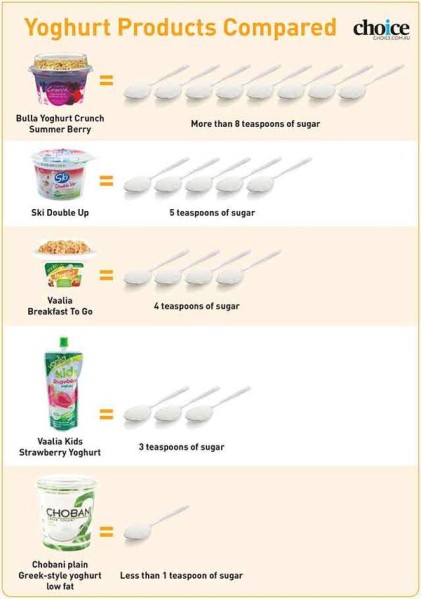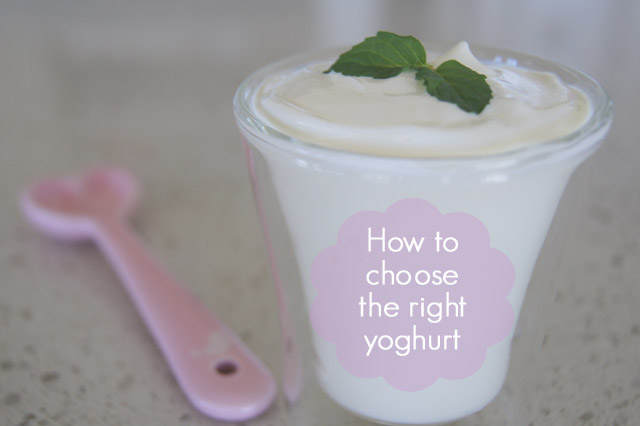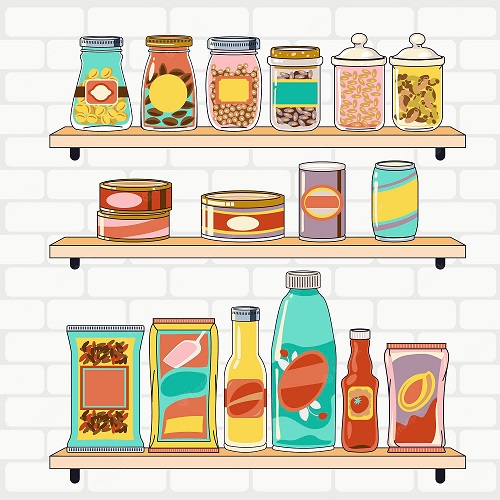If you’re feeling a tad overwhelmed facing the yoghurt section in your supermarket aisle you’re not alone.
With so many options, the varieties seem to grow each week, sprucing health benefits and marketing jargon to fool the best of us. Unfortunately, a tonne of these on the supermarket shelves fall into the ‘dairy dessert’ category, which is basically a glorified sweet dessert. Made mainly from cow’s milk, thickening agents, sugars and flavourings sometimes there is little nutritional benefit.
Yoghurt is generally known as “live” food because it contains living micro-organisms that exist naturally in the human gut. It’s high in protein, calcium, and vitamins and is an excellent choice when you’re watching your weight as the protein aids in satiety, muscle recovery and maintaining blood sugar levels. Yoghurt is also helpful for boosting your immune system (thanks to probiotics), and ensuring calcium are included in your diet. Real yoghurts not only contain probiotics, but they are cultured from them at the beginning (rather than having them added at the end).
Choosing a yoghurt will become child’s play if you know what to look for. I have observed quality seems to be graded with one end of the yoghurt section harbouring the ‘dessert’ yoghurts while the opposite stocks ‘pot set’ and ‘greek’ varieties. The only way to be sure what you’re buying though is to read the nutrition panel. Resist believing what you read on the front of the packaging and do your homework to understand what makes a good choice.
Common varieties include
Greek yoghurt can have higher protein but also have higher saturated fat (up to 7g compared with around 4g for plain yoghurt), which helps make it thick and creamy. The removal of the whey also means Greek yoghurt often has lower calcium levels but beneficial bacteria.
Greek-style yoghurt means it’s not strained and often contains thickeners such as cream, milk solids, gelatine and gums, which are added to create a creamy texture.
Pot set means milk and live cultures are added straight to the pot, which, makers claim, means thickeners such as gelatine need not be added. Natural or plain yoghurt is yoghurt without flavouring or added sugar.
Lactose-free yoghurt Is made by adding an enzyme during processing that breaks down the lactose into simple sugars, so it’s safe for those who are intolerant to lactose.
Kefir yoghurt is traditionally made by adding fermented kefir grains to room-temperature milk. Commercial powdered kefir starters are often used these days.
Coconut yoghurt can be hit or miss with it sometimes being dairy based with coconut flavourings. Usually more expensive, true coconut yoghurt lacks in protein but is low in sugars yet still containing probiotics.
How To Choose The Best Yoghurt
+ Choose a cultured yoghurt. It may say ‘pot set’ or ‘fermented’ and opt-out of brands with sugar shown in the top three ingredients.
+ Choose plain yoghurts, these are generally less sweet, and better for children. The more flavour or colour a yoghurt appears to have, the more sugar it is likely to have. Again, check the label to see if there is less than 5gm of sugar per 100gm.
+ More the friendly bacteria, the better. Look for good guys such as Bifidobacterium strains (B. animalis and B. lactis). Lactobacillus strains (bulgaricus, lactobacillus acidophilus, L. animalis and L. casei) and Streptococcus Thermophilus or the wording “contains live and active cultures”.
+ Generally full cream varieties are not bumped up with added sugars, so they are a better choice. Be aware of added sugar in the form of sucrose, glucose, lactose, fructose, corn syrup, honey etc.
+ I tend to shy away from the kiddy and infant yoghurts and choose low sugar, full cream adult versions – they are far better for children and more cost-effective.

Tamar Valley Greek Style (per 100g serve): 542kJ, 5.3g protein, 9.8g fat, 5.2g sugars, 160mg calcium.
Five am Organic Natural -no added sugar (per 100g serve): 322kJ, 4.8g protein, 4.5g fat, 6g sugars, 144mg calcium.





